Are you ready to turn up the heat in your gardening? Chilli peppers are the perfect addition to any savoury dish to add heat and flavour. Growing your own chillies allows you to pick unique varieties and experiment with heat.
Read on to discover the complete guide to growing chillies from sowing to storing.
Sowing Chilli pepper seeds
The ideal time to sow your chilli pepper seeds is from February to April to ensure you’ll achieve successful germination and a plentiful crop.
-Fill a small pot with a peat-free seed sowing compost.
-Place 2-4 seeds on top of the compost, the more you sow the more insurance you have if seeds fail.
-Cover the seeds with a thin layer of compost or vermiculite to allow the light through.
-Water the compost through and place it in a plastic bag or propagator on a warm sunny windowsill.
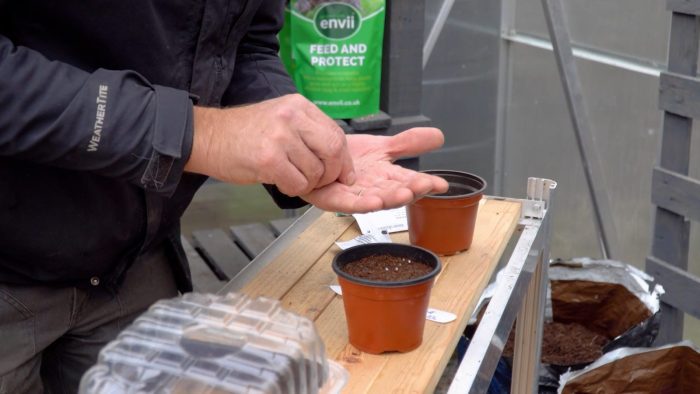
-As soon as the seedlings are through, remove them from the bag and turn the plants daily to avoid leggy seedlings.
-When the weather begins to warm up, the seedlings can be moved to the greenhouse until true leaves grow.
-Once there is a sign of true leaves, repot the plants but be careful when handling the roots as they can become easily damaged. Add beneficial bacteria such as foundation to aid in root development and protect the seedling from disease.
Growing chillies from seed are very similar to tomatoes so check out our tomato growing guide for more information. For more information on how to sow seeds for beginners, check out this video.
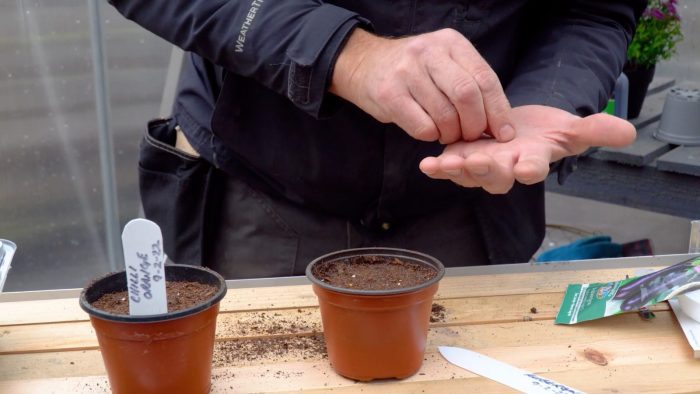
Growing Chilli Peppers
Chilli pepper plants love the heat, so make sure to keep them in a sunny spot or a greenhouse. During hot periods it is important to maintain moist soil as chilli plants can become very thirsty. So, check how moist the compost is and use that as a guide as to when to water your plants. If your chilli plants are in pots, make sure to have good drainage to ensure that they don’t become waterlogged.
To aid the plants’ growth and fruit production, it is ideal to feed the plant weekly with a high potassium feed like Maximato. The additional nutrients and plant-based amino acids Maximato provides will promote a strong and healthy plant.
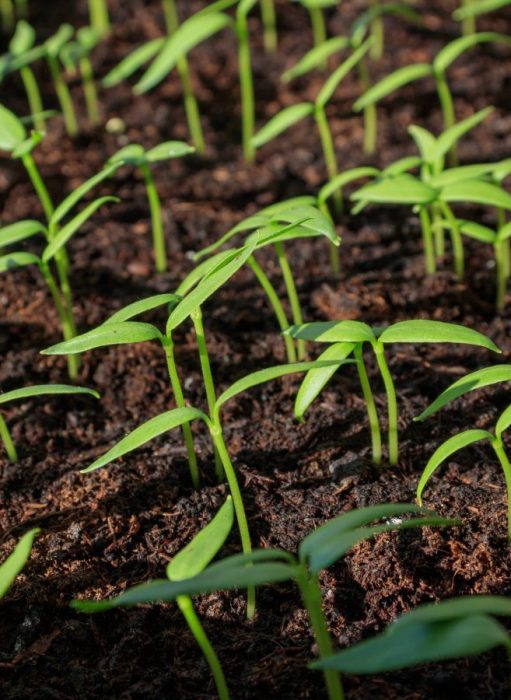
Harvest
The ideal time to harvest your chilli peppers is in late summer between July and October, however, each plant and variety differs. If you sowed your seedlings in early February, you could expect an earlier harvest.
To encourage high levels of cropping, pick the first fruits when green as the plant can then focus on producing higher rates of peppers. Remember that when the pepper is green that it is at its mildest and red will be the pepper at its hottest. If you’re a fan of spice, leave the peppers on the plant for as long as possible.
You can check if your chillies are completely ripe by opening one of the fruits to check if the seeds have fully matured. If the seeds are a creamy colour (not white) they are ripe. However, chillies can be eaten at any stage, so don’t let this put you off.
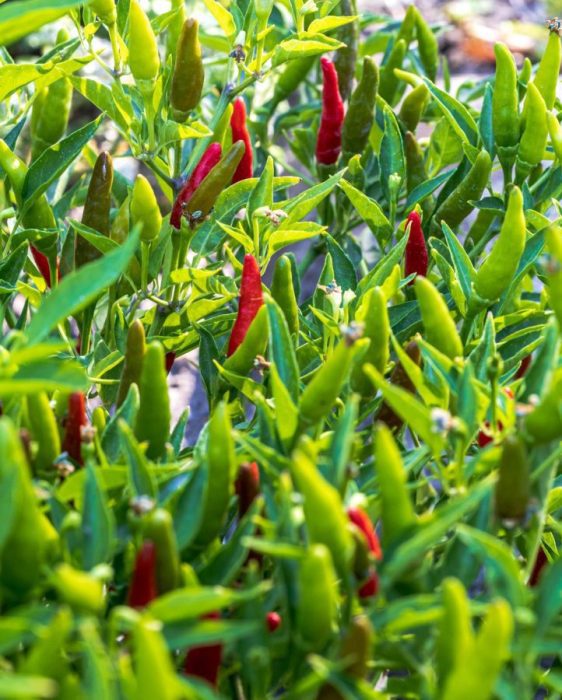
Storage
If you are wanting to store your chillies fresh off the plant, keep them in the fridge and they should last you around 2-3 weeks fresh. However, there are multiple ways that chilli peppers can be preserved such as drying, pickling and salting them.
Drying is the most common way of storing chillies as they last the longest and can be used in multiple ways. To dry your chillies, you can pick from a variety of methods, using an oven, dehydrator or stringing them up. If you are wanting to use an oven to dry them, place them on a baking tray and select the lowest heat on the oven. Place in the oven and once the chillies have shrivelled and gone darker in colour, they are dried. Remove from the oven and leave to cool to room temperature and store in an airtight container.
To string dry your chillies, use a needle and thread to pierce through the base of the stem to create a line of thread of multiple chillies. Then hang these chillies up in a warm dry area for around three weeks until dry. This also creates a nice decoration for your kitchen or pantry.
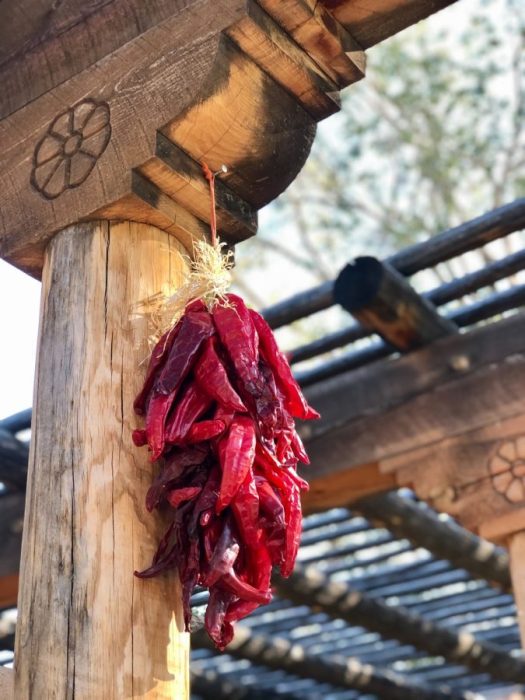
Varieties of chilli peppers
There are a variety of different chilli peppers and all differ in heat levels. The five main varieties of chilli peppers are Capsicum annuum, Capsicum baccatum, Capsicum chinense, Capsicum frutescens and Capsicum pubescens. However, many cultivars and hybrids can be found due to changes in names and colours.
The most common cooking peppers are Serrano, Jalapenos, and Cayenne so if you enjoy being in the kitchen, they’ll be the most beneficial for you to grow.

Problems
To help avoid bugs and pests regularly mist your plants with water to increase humidity and deter spider mites. Even though it is important to keep your plants hydrated and bug-free, it is also important that they aren’t overwatered. If leaves begin to turn yellow and limp this is a sign of overwatering due to insufficient drainage or heavy rainfall. If this is a problem you face, make sure the current pot has adequate drainage and let the soil dry out before watering again.
Ingredients
500g ripe tomatoes
4 peeled large garlic cloves
4 large red chillies
6-7cm piece of root ginger diced or sliced
300g golden caster sugar
2 tablespoons of Thai fish sauce
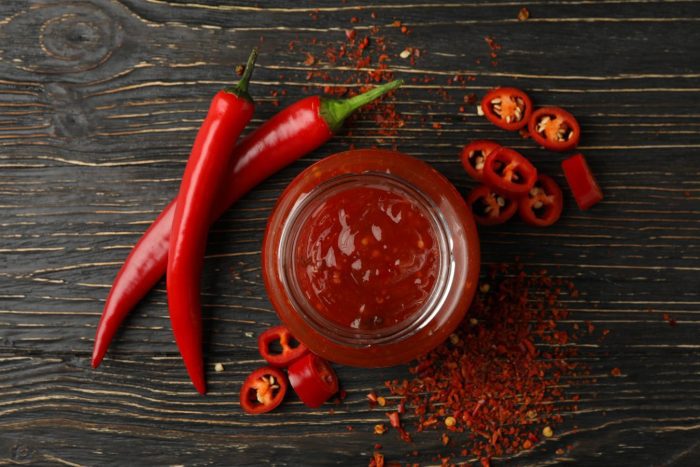
Instructions
-Blitz half of the tomatoes with all the garlic, chillies and ginger until smooth.
-Pour into a heavy-based saucepan.
-Add the golden caster sugar, Thai fish sauce and bring to a boil.
-Stir slowly and once boiled reduce heat to a simmer.
-Dice the remaining tomatoes finely and add to the pan, simmer for 30-40 minutes stirring from time to time.
-While the mixture is still warm pour it into a dry sterilised jar and seal tight, this creates an airtight seal.
Wanting a milder jam? Remove the seeds from the chillies to decrease the level of spice. Also, the longer you store the mixture the hotter it will get.
Related Products
-
 New in
New in
Envii Allgrow
£10.99Organic multi purpose plant feed for use on all plantsAdd to Basket -
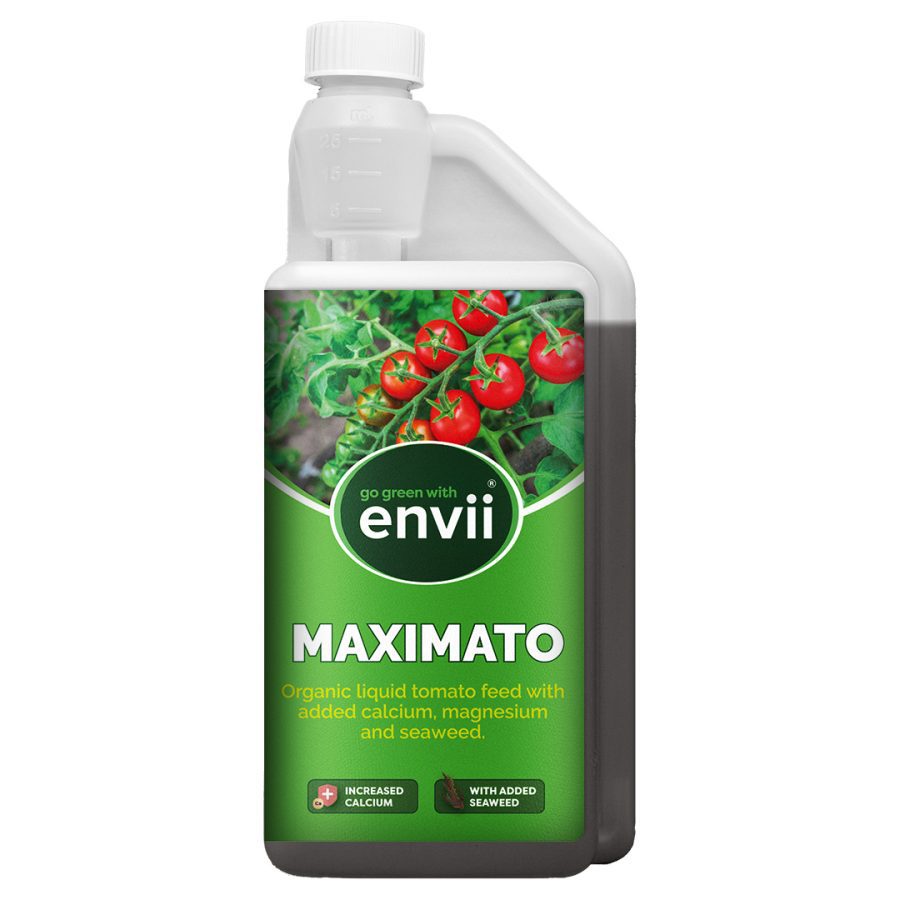 New in
New in
Envii Maximato
£10.99Organic liquid tomato plant feed with added seaweed, calcium and magnesiumAdd to Basket

 Call us on 01246 240880
Call us on 01246 240880 Free 48hr Delivery
Free 48hr Delivery Sign-up and receive 10% off
Sign-up and receive 10% off